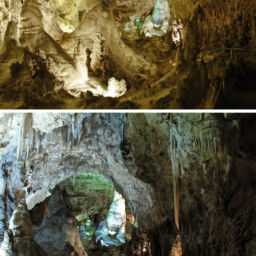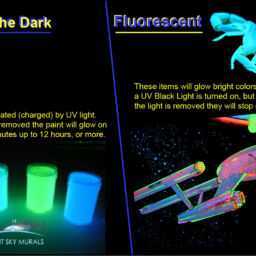A narrow aperture means that the depth of field is smaller. If your lens has a very small diameter, you will have to use a longer shutter speed (larger f-stop) to achieve the effect. This reduces the amount of light that enters the camera, resulting in a blurred image.
A wide angle lens is capable of much wider depth of field than a narrow aperture lens. Because the f-stop is larger, the same shutter speed is used to enable as well as hinder the effect. Wide angle lenses allow you to use a longer shutter speed and lower the depth of field.
Other cameras, such as a digital SLR, may only support lenses that are used with wider angle lenses. Other forms of film or digital photography require that the f-stop be increased to achieve the same effects. The shallow depth of field gives the image a faster shutter speed.
Photographers who are looking for an effect that doesn’t need to be done can simply use natural light to create this effect. The use of a long exposure during a sunset, while the sun is still in the sky and fading, produces a unique image. Also, think about using a long period of time to take the shot. The camera can be put in twilight mode, allowing you to use a shorter shutter speed, but keep the image dark for a longer period of time.
Another important factor when creating the effect is the length of the shutter. A long shutter speed is best if you want to get an image that has a blurred background.
If you use landscape photography as your hobby, then you should try to take as many images as possible. However, if you only intend to take pictures that are meant to sell, you can make your photos more interesting by using the techniques and tricks discussed in this article.
When taking a photo of a landscape, it is important to take note of the shallow depth of field that is required. The depth of field is the area that is covered by the background.
Depending on the conditions, the background can cover a large portion of the photo, leaving little in the foreground. To see a blurred background, you will need to use a longer shutter speed and a wider aperture.
The black and white photograph is a different kind of situation altogether. To avoid blur, use a longer shutter speed and use a smaller aperture.
By reducing the depth of field and increasing the size of the aperture, you will allow a larger amount of light to enter the camera, thus blurring the background less. This can help to bring out a specific feature in the landscape, such as a lake or mountain top.
If you want to capture deep colors, such as reds, yellows, and oranges, the depth of field is more important. In addition, you can create images that are distorted to show a specific feature in the background, such as tree branches, rocks, and other features.
You can create distortion effects by using a zoom lens. To use a zoom lens, make sure you have your camera on a tripod. Make sure you close your eyes before zooming in.
AUTOPOST by BEDEWY VISIT GAHZLY



